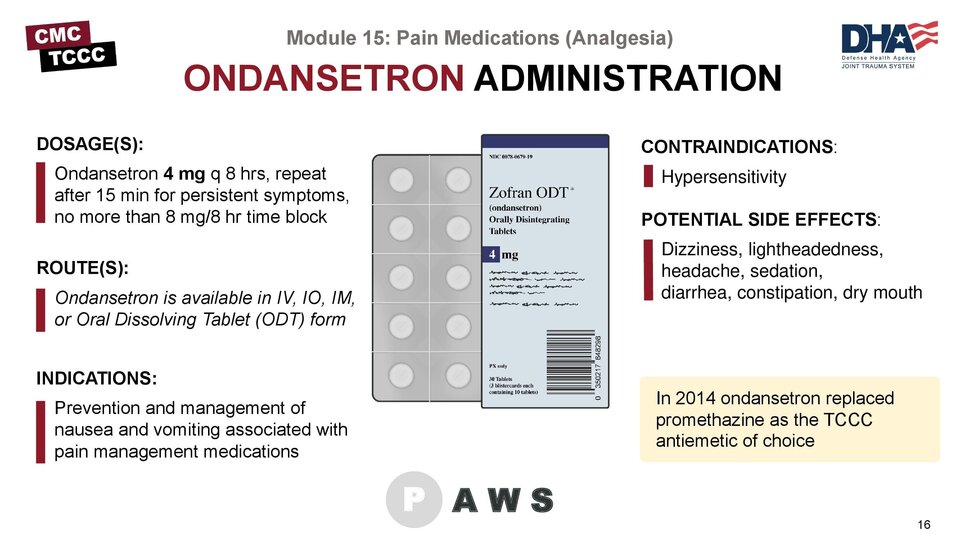
# FDA Greenlights New Non-Opioid Analgesic, Journavx (Suzetrigine)
For the first time in many years, the U.S. Food and Drug Administration (FDA) has sanctioned a new category of pain relief: **Journavx (suzetrigine)**. Created by **Vertex Pharmaceuticals**, this treatment specifically addresses moderate to severe **acute pain** in adults using an innovative approach that could facilitate safer pain relief alternatives.
## How Does Journavx Function?
Journavx works by **selectively inhibiting the Nav1.8 sodium channel**, which resides in nerve cells that convey pain signals. Sodium channels are vital for managing the electrical signals of nerves: when activated, they permit sodium ions to enter the cell, generating impulses that send pain signals to the brain.
While several sodium channel varieties play a role in pain sensation, **Nav1.8 is distinct because it is not located in the brain**. This characteristic enables Journavx to alleviate pain while preserving the **pleasure centers**, cognitive abilities, and sensory pathways. Clinical studies indicate that suzetrigine effectively diminishes pain post-surgery without inducing dizziness or mental cloudiness.
## A Significant Step in Non-Opioid Pain Management
Historically, pain management has heavily depended on opioids, which, despite their efficacy, pose significant hazards such as **addiction, dependency, respiratory depression, and gastrointestinal issues**. In contrast, suzetrigine targets the **peripheral nervous system** and has **not demonstrated any addictive tendencies** in either animal or human research.
_”A new medication for pain relief is fantastic. That it’s non-opioid is monumental. It’s precisely what we need,”_ asserts **Allan Basbaum**, a prominent neuroscientist at the **University of California, San Francisco**.
Although suzetrigine is not fundamentally **more effective** than opioids, its **reduced risk of side effects and potential for addiction** positions it as a valuable substitute.
## A Fresh Chapter in Pain Research
Pain research has witnessed **few significant pharmaceutical advancements in the last three decades**. Noteworthy prior innovations include:
– **Anti-CGRP antibodies** for migraine prevention
– **COX-2 inhibitors (e.g., Celebrex)** for pain linked to inflammation (some were removed from the market due to cardiovascular concerns)
– **Prialt (ziconotide)**, a painkiller derived from cone snail venom, delivered via spinal injection
Traditionally, pharmaceutical firms have been reluctant to finance pain research due to the **complexity of the nervous system** and the **high incidence of drug development failures**. **Stephen Waxman, a neurologist at Yale School of Medicine**, highlights that many companies opted to invest in **cancer or inflammatory disease treatments** rather than pursuing pain issues.
### Why Did Prior Sodium Channel Blockers Not Succeed?
Sodium channel blockers have been explored over the years, but previous endeavors have yielded mixed results. For instance:
– **Lidocaine**, a powerful local anesthetic, is unsuitable for widespread use due to its action on channels in both the brain and heart, posing a risk of **heart failure**.
– **Nav1.7 blockers**, inspired by a 2006 study of families in Pakistan with a pain-insensitive gene mutation, displayed **promising results in labs but fell short in clinical trials**.
Understanding that **Nav1.7 functions like a “fuse” that activates Nav1.8**, researchers redirected their efforts to Nav1.8, culminating in the creation of suzetrigine.
## What Lies Ahead for Suzetrigine?
Presently authorized for **acute post-operative pain**, there is considerable interest in **broadening its application to chronic pain**, where opioids frequently lead to addiction challenges. Vertex is investigating suzetrigine for chronic conditions including:
– **Lumbosacral radiculopathy (lower back pain)**
– **Diabetic peripheral neuropathy** (a prevalent and debilitating nerve pain disorder)
If successful, **suzetrigine may be used in conjunction with opioids or novel inhibitors targeting Nav1.7 and Nav1.9**, enhancing pain relief strategies.
## Challenges Ahead
Despite its potential, Journavx confronts **financial and accessibility hurdles**:
1. **Higher Price Compared to Opioids:**
– Opioids are **affordable and easily accessible**, while Journavx comes with a **much higher price tag**.
– **Health insurers and medical facilities may be reluctant to cover the costs**, as managing post-surgical pain is typically regarded as part of the surgical procedure expenses.
2.